Home>Construction & Tools>Electrical and Plumbing Systems>What Is An EV Charger
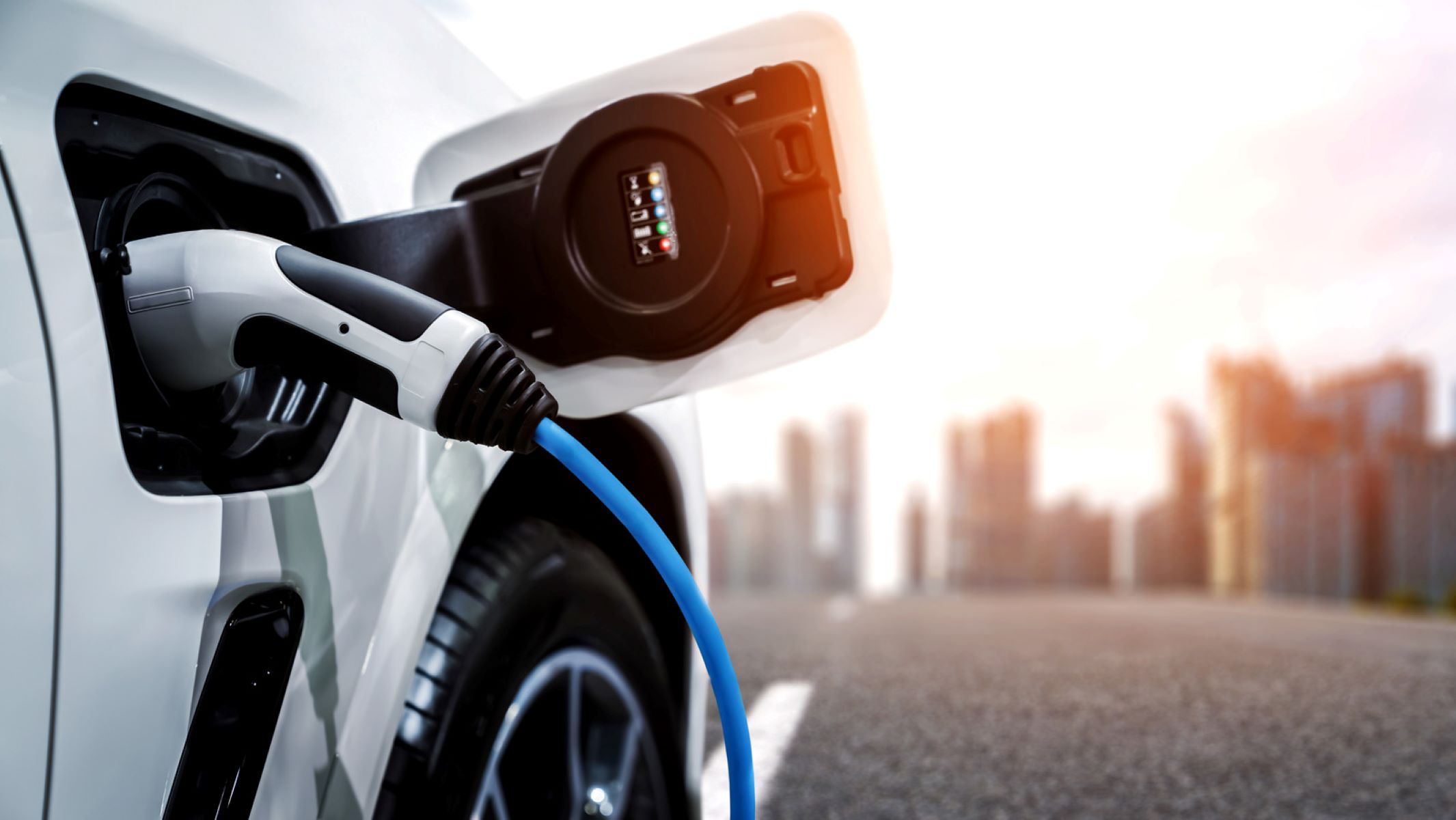

Electrical and Plumbing Systems
What Is An EV Charger
Modified: January 9, 2024
Discover the importance of EV chargers for electrical and plumbing systems. Learn about their installation, maintenance, and benefits. Choose the right EV charger for your needs.
(Many of the links in this article redirect to a specific reviewed product. Your purchase of these products through affiliate links helps to generate commission for Storables.com, at no extra cost. Learn more)
Introduction
Electric vehicles (EVs) have emerged as a revolutionary and sustainable mode of transportation, offering a cleaner and more efficient alternative to traditional gasoline-powered cars. As the popularity of EVs continues to soar, the demand for reliable and accessible charging infrastructure has become increasingly vital. This is where EV chargers play a pivotal role.
EV chargers, also known as electric vehicle supply equipment (EVSE), are the lifeline of electric vehicles, providing the essential means to recharge their batteries. These chargers come in various forms and are designed to accommodate different charging needs, making them a crucial component of the EV ecosystem.
In this comprehensive guide, we will delve into the intricacies of EV chargers, exploring their types, functionality, benefits, and considerations for installation. By the end of this journey, you will have a profound understanding of the significance of EV chargers in the realm of sustainable transportation, empowering you to make informed decisions regarding their adoption and utilization. So, let's embark on this enlightening exploration of EV chargers and unravel the technology that is propelling the automotive industry towards a greener and more sustainable future.
Key Takeaways:
- EV chargers are like lifelines for electric vehicles, providing the essential means to recharge their batteries. They come in different types, catering to various charging needs, making electric vehicles accessible and practical for drivers across different contexts.
- Understanding how EV chargers work unveils the seamless process through which electric vehicles are replenished with energy. The benefits of EV chargers extend beyond individual ownership, contributing to environmental sustainability, economic efficiency, and technological innovation.
Read more: What Is A CCS EV Charger
Types of EV Chargers
EV chargers come in a variety of types, each catering to different charging requirements and scenarios. Understanding the distinctions between these charger types is essential for effectively meeting the diverse needs of electric vehicle owners. Here are the primary types of EV chargers:
- Level 1 Chargers: These chargers are the most basic and typically come as standard equipment with electric vehicles. They operate on a standard 120-volt household outlet and provide a slow charging rate, adding around 2-5 miles of range per hour of charging. While convenient for overnight charging at home, they are not suitable for rapid recharging.
- Level 2 Chargers: Level 2 chargers are more powerful and operate on a 240-volt electrical supply, similar to what powers large appliances like electric dryers or kitchen ranges. They offer a significantly faster charging rate compared to Level 1 chargers, typically adding 10-60 miles of range per hour of charging. Level 2 chargers are commonly found in residential settings, workplaces, and public charging stations.
- DC Fast Chargers: Also known as Level 3 chargers, DC fast chargers are designed for rapid charging, delivering high-voltage direct current (DC) to the vehicle’s battery. These chargers can add around 60-80 miles of range in just 20 minutes of charging, making them ideal for long-distance travel and quick top-ups. DC fast chargers are prevalent along highways and in commercial areas, offering convenience for on-the-go recharging.
Each type of EV charger serves a distinct purpose, catering to the varying charging needs of electric vehicle users. Whether it’s the convenience of slow overnight charging at home, the practicality of faster charging at workplaces, or the efficiency of rapid charging during road trips, the diverse range of EV chargers ensures that electric vehicles remain accessible and practical for drivers across different contexts.
How Do EV Chargers Work?
Understanding the inner workings of EV chargers unveils the seamless process through which electric vehicles are replenished with energy. The fundamental operation of EV chargers involves a series of intricate steps that ensure the safe and efficient transfer of electrical power to the vehicle’s battery. Here’s a closer look at how EV chargers function:
When an electric vehicle is plugged into a charging station, whether it’s a Level 1, Level 2, or DC fast charger, the charging process initiates with the establishment of a secure electrical connection between the charger and the vehicle. This connection allows the transfer of electrical energy from the grid to the vehicle’s onboard charger, which regulates the incoming power to ensure compatibility with the vehicle’s battery.
For Level 1 and Level 2 chargers, the onboard charger within the vehicle converts the alternating current (AC) from the charging station into direct current (DC) to charge the vehicle’s battery. This conversion is essential, as most electric vehicle batteries store energy in the form of DC. The charging rate is determined by the power output of the charging station and the capacity of the vehicle’s onboard charger, influencing the speed at which the vehicle’s battery is replenished.
On the other hand, DC fast chargers bypass the vehicle’s onboard charger and directly supply high-voltage DC power to the vehicle’s battery. This direct transmission of DC power enables rapid charging, significantly reducing the time required to replenish the battery’s energy reserves. The sophisticated technology integrated into DC fast chargers ensures that the charging process is efficient and safe, allowing electric vehicle owners to swiftly resume their journeys with minimal downtime.
Throughout the charging process, modern EV chargers are equipped with advanced safety features and communication protocols that facilitate secure and reliable charging. These features include protective measures to prevent overheating, overcurrent, and overvoltage, as well as communication interfaces that enable seamless interaction between the charging station and the vehicle, ensuring optimal charging performance and safeguarding the integrity of the vehicle’s electrical system.
By comprehending the operational principles of EV chargers, electric vehicle users can gain a deeper appreciation for the sophisticated technology that enables the seamless integration of electric vehicles into our daily lives, paving the way for a sustainable and electrifying future of transportation.
When choosing an EV charger, make sure to consider the charging speed, connector type, and compatibility with your electric vehicle to ensure efficient and convenient charging.
Benefits of EV Chargers
Embracing the adoption of EV chargers brings forth a multitude of benefits that extend beyond the realm of electric vehicle ownership. These advantages encompass environmental sustainability, economic efficiency, and enhanced convenience, contributing to the widespread appeal and viability of electric vehicles. Here are the compelling benefits of EV chargers:
- Environmental Sustainability: By facilitating the widespread adoption of electric vehicles, EV chargers play a pivotal role in reducing greenhouse gas emissions and mitigating air pollution. The transition from conventional gasoline-powered vehicles to electric vehicles powered by clean electricity promotes environmental sustainability, contributing to the preservation of natural resources and the mitigation of climate change.
- Economic Efficiency: EV chargers offer cost-effective and efficient means of transportation, significantly reducing the operational expenses associated with traditional gasoline-powered vehicles. Electric vehicles benefit from lower fuel and maintenance costs, and with the availability of residential and workplace charging solutions, electric vehicle owners can capitalize on off-peak electricity rates, further optimizing their charging expenditure.
- Convenience and Accessibility: The proliferation of EV chargers enhances the accessibility and convenience of electric vehicle ownership, empowering drivers with the freedom to recharge their vehicles at home, workplaces, and public charging stations. This accessibility eliminates the reliance on traditional gas stations, offering greater flexibility and autonomy for electric vehicle users.
- Technological Advancements: The development of EV chargers has spurred technological innovations in energy storage, grid integration, and smart charging solutions. These advancements not only optimize the charging process but also contribute to the evolution of sustainable energy infrastructure, fostering a more resilient and interconnected energy ecosystem.
- Community and Urban Development: The deployment of EV chargers fosters community and urban development by promoting sustainable transportation solutions and bolstering the attractiveness of eco-friendly neighborhoods and commercial areas. This, in turn, contributes to the creation of vibrant and environmentally conscious communities, aligning with the principles of sustainable urban planning and development.
By harnessing the benefits of EV chargers, individuals, businesses, and communities can actively participate in the transition towards a cleaner, more sustainable transportation landscape. The integration of EV chargers into our daily lives not only enriches the electric vehicle experience but also paves the way for a greener and more interconnected future, where sustainable mobility is not just a vision but a tangible reality.
Considerations for Installing an EV Charger
Installing an EV charger involves a series of considerations that encompass technical, logistical, and regulatory aspects, ensuring the seamless integration of charging infrastructure into diverse settings. Whether it’s a residential installation, workplace deployment, or public charging station implementation, these considerations play a crucial role in optimizing the functionality and accessibility of EV chargers. Here are the key factors to contemplate when installing an EV charger:
- Location and Accessibility: Selecting an optimal location for the EV charger is essential, considering factors such as proximity to the electric vehicle parking space, accessibility for the charging cable, and the availability of adequate ventilation and weather protection. Additionally, ensuring compliance with local building codes and regulations is imperative to guarantee the safety and integrity of the charging installation.
- Power Supply and Capacity: Assessing the electrical capacity of the installation site is critical to determine the feasibility of accommodating the EV charger’s power requirements. This involves evaluating the electrical panel capacity, potential need for electrical upgrades, and coordination with a certified electrician to ensure the installation aligns with safety standards and electrical code compliance.
- Charger Type and Charging Speed: Choosing the appropriate charger type and charging speed based on the anticipated charging needs is paramount. Whether it’s a Level 1 charger for overnight residential charging, a Level 2 charger for workplace or public use, or a DC fast charger for high-traffic areas, selecting the right charger type optimizes the charging experience and facilitates efficient energy delivery to electric vehicles.
- Smart Charging Capabilities: Integrating smart charging features into the EV charger enables advanced functionalities such as scheduling, remote monitoring, and energy management. Smart charging capabilities not only enhance user convenience but also contribute to grid optimization and energy efficiency, allowing for dynamic load management and demand response.
- Regulatory Compliance and Permits: Adhering to local regulations, obtaining necessary permits, and complying with zoning and building requirements are fundamental aspects of EV charger installation. Engaging with local authorities and utility providers to navigate the regulatory landscape ensures that the installation process aligns with legal and safety standards, fostering a compliant and sustainable charging infrastructure.
By meticulously addressing these considerations, stakeholders involved in the installation of EV chargers can orchestrate a seamless and effective deployment, fostering the widespread accessibility and functionality of electric vehicle charging infrastructure. This proactive approach not only facilitates the expansion of sustainable transportation solutions but also contributes to the establishment of a robust and interconnected electric vehicle charging network, laying the foundation for a greener and more electrifying future of mobility.
Read more: What Is The Best EV Charger
Conclusion
The evolution of electric vehicle chargers represents a transformative leap towards sustainable and eco-conscious transportation, redefining the way we power and engage with our vehicles. As we navigate the landscape of EV chargers, it becomes evident that these charging solutions are not just about replenishing the energy reserves of electric vehicles but also about fostering a paradigm shift in mobility, energy consumption, and environmental stewardship.
From the diverse types of EV chargers that cater to varying charging needs to the intricate operational mechanisms that power the charging process, every aspect of EV chargers underscores the ingenuity and adaptability of electric vehicle technology. The benefits of EV chargers extend beyond individual ownership, permeating into the realms of environmental preservation, economic efficiency, and technological innovation, shaping a future where sustainable mobility is not just an aspiration but a tangible reality.
As we contemplate the considerations for installing EV chargers, we recognize that the seamless integration of charging infrastructure hinges on meticulous planning, compliance with regulations, and a forward-looking approach that prioritizes accessibility, efficiency, and safety. By embracing these considerations, we pave the way for a robust and interconnected electric vehicle charging network that empowers individuals, businesses, and communities to embrace the electrifying potential of sustainable transportation.
In essence, EV chargers embody the convergence of innovation, sustainability, and progress, propelling us towards a future where electric vehicles seamlessly coexist with our urban landscapes, workplaces, and homes. The journey of EV chargers is not just about powering vehicles; it’s about energizing a vision of cleaner, greener, and more connected mobility that transcends the boundaries of traditional transportation. As we embark on this electrifying odyssey, the significance of EV chargers becomes clear: they are not just charging stations; they are the conduits of change, driving us towards a brighter and more sustainable tomorrow.
Frequently Asked Questions about What Is An EV Charger
Was this page helpful?
At Storables.com, we guarantee accurate and reliable information. Our content, validated by Expert Board Contributors, is crafted following stringent Editorial Policies. We're committed to providing you with well-researched, expert-backed insights for all your informational needs.
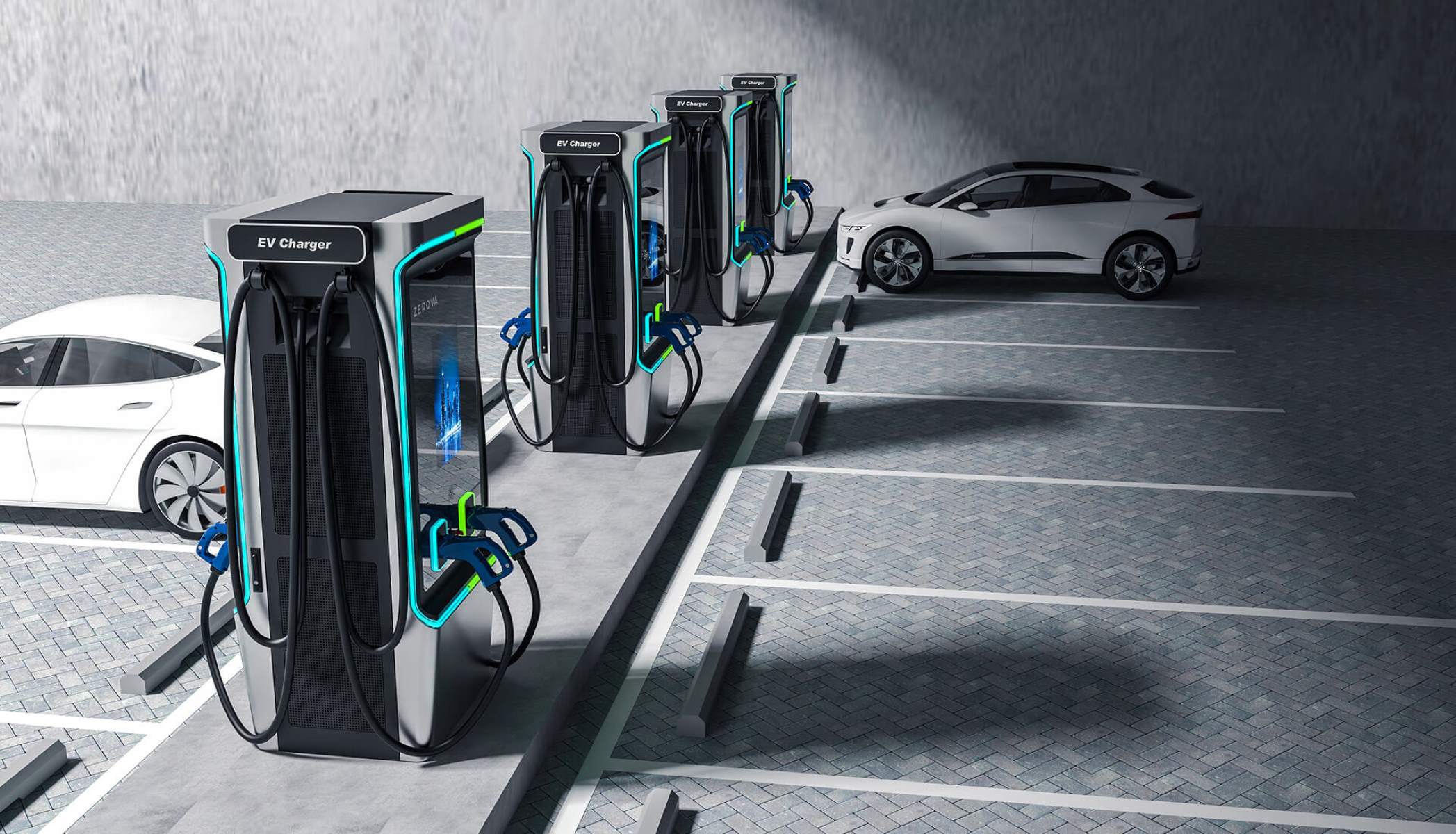
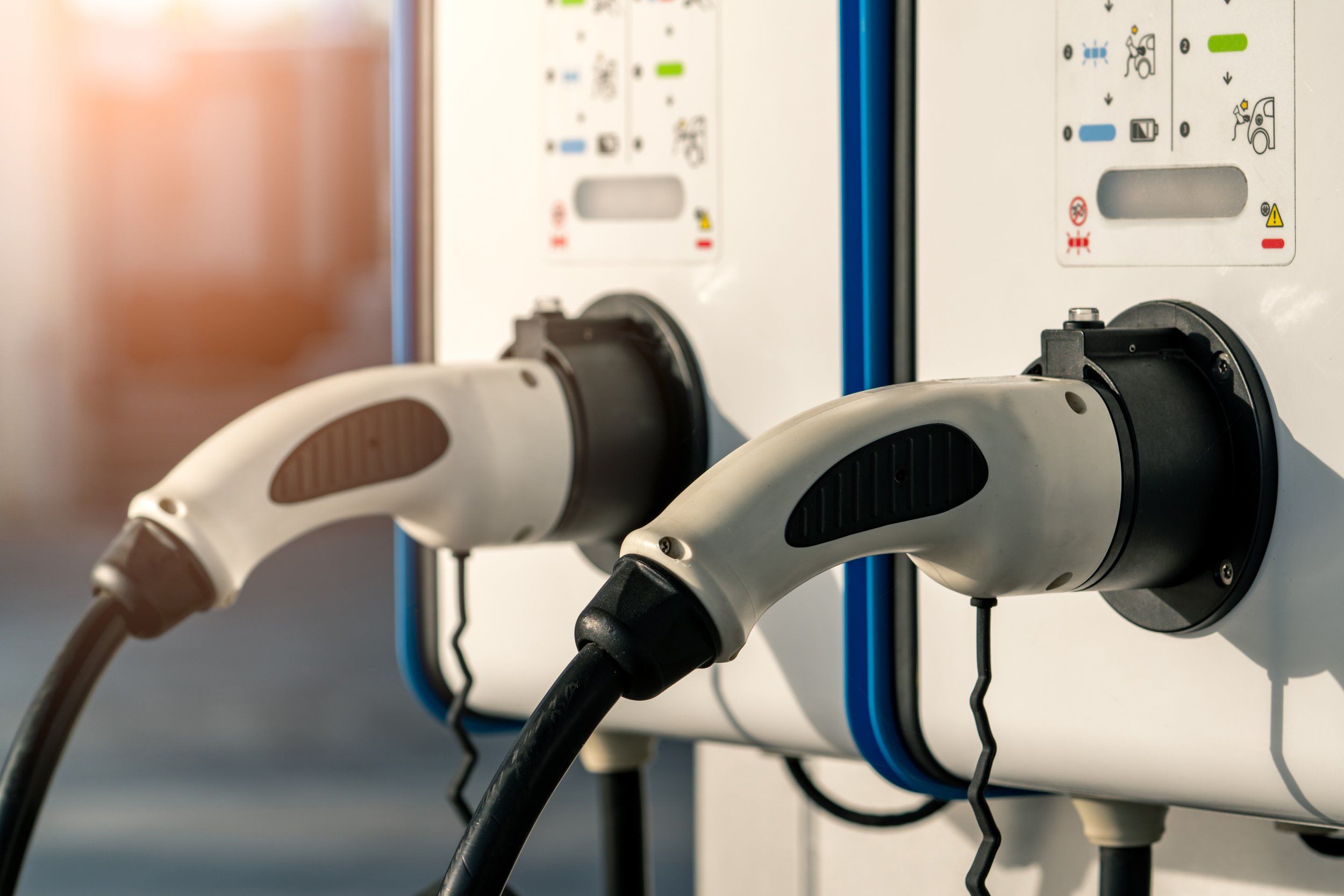
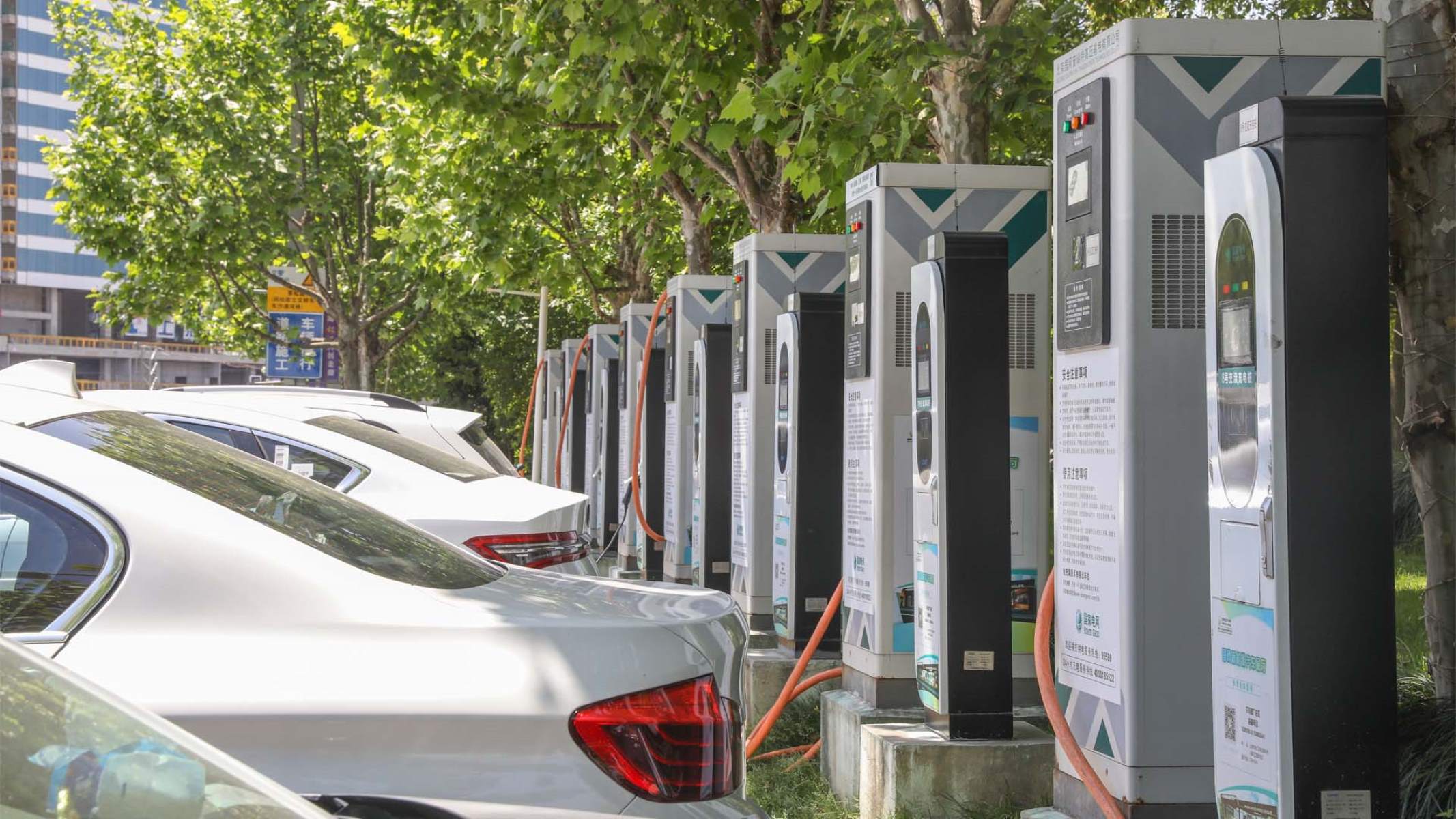
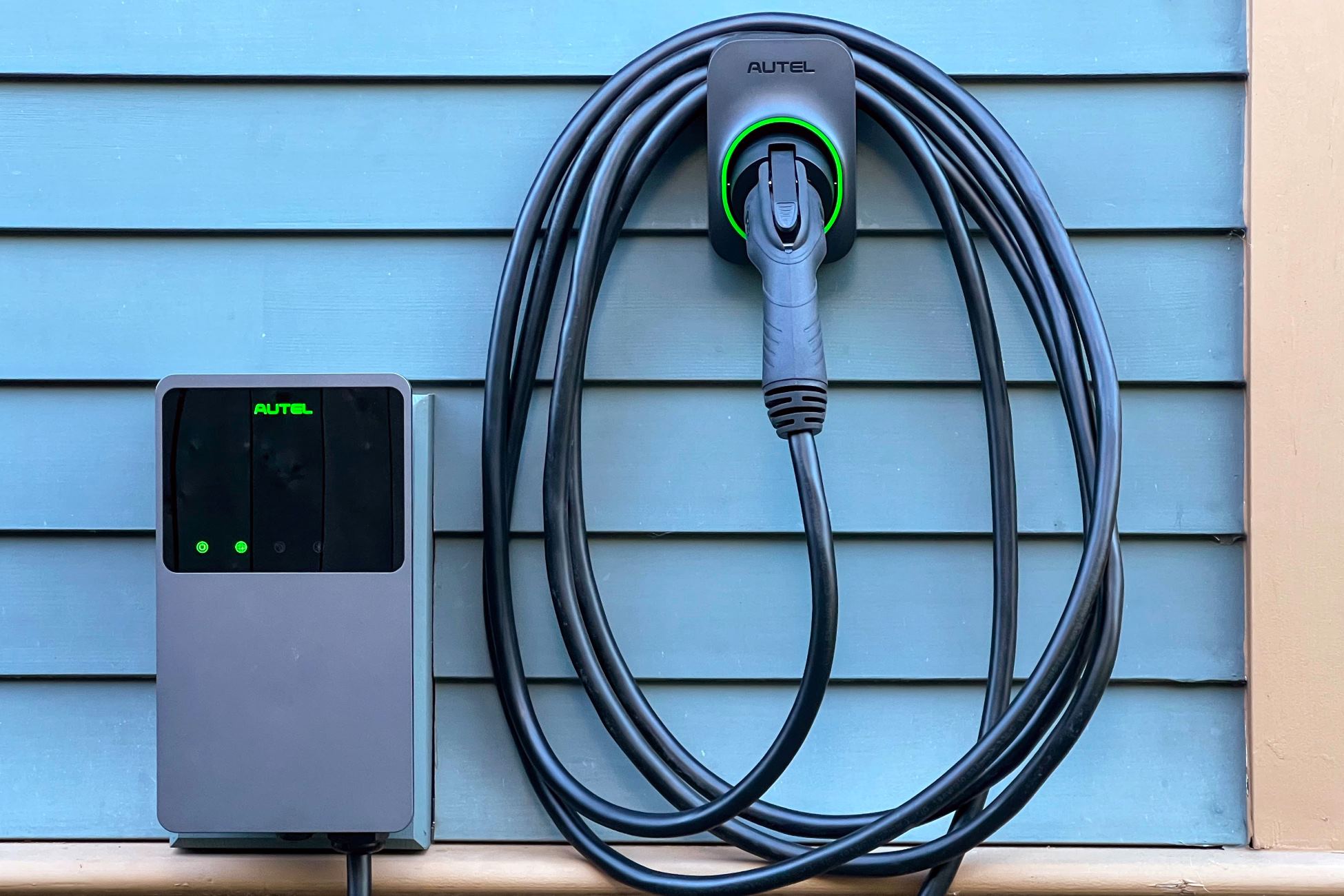

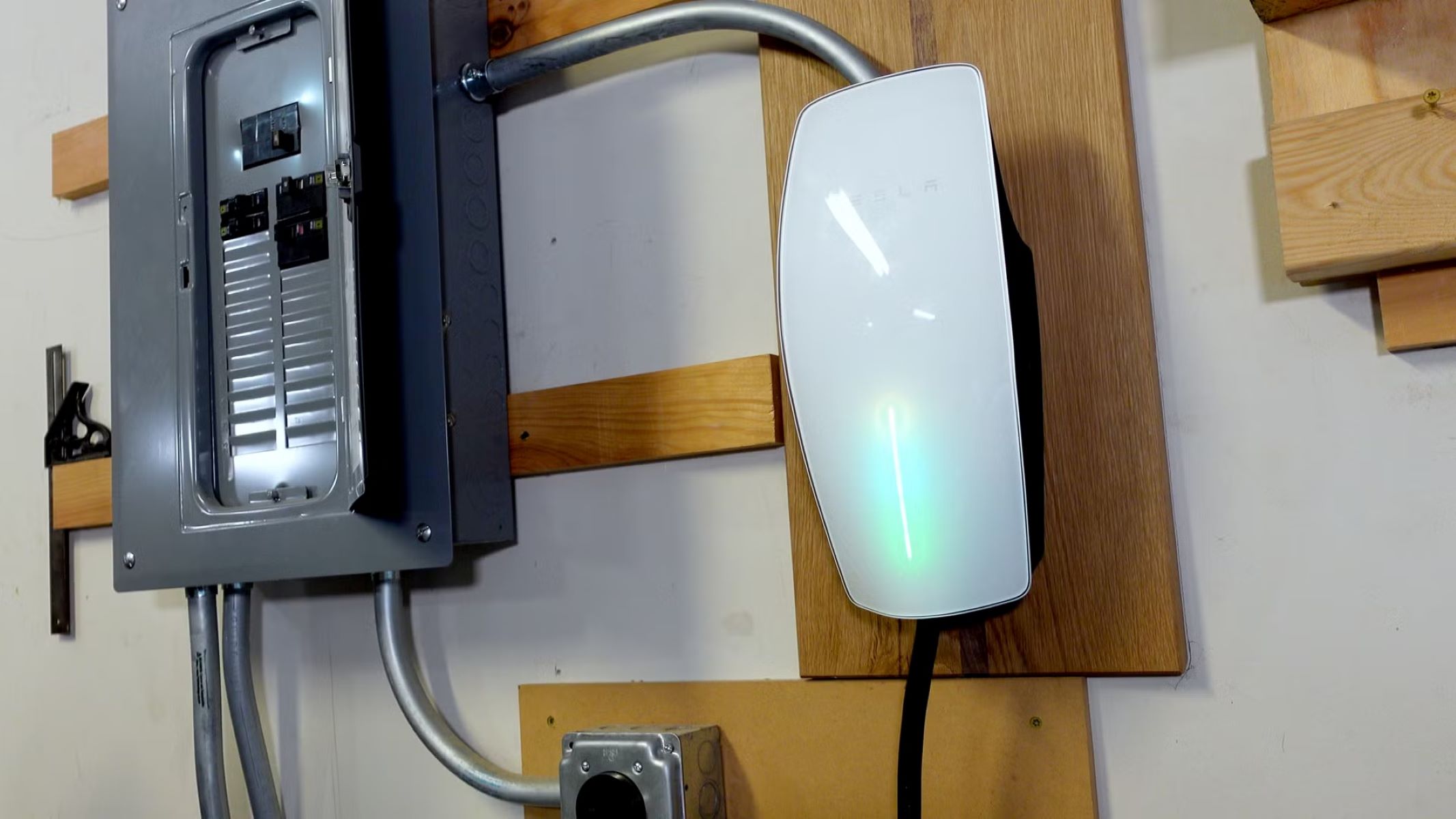
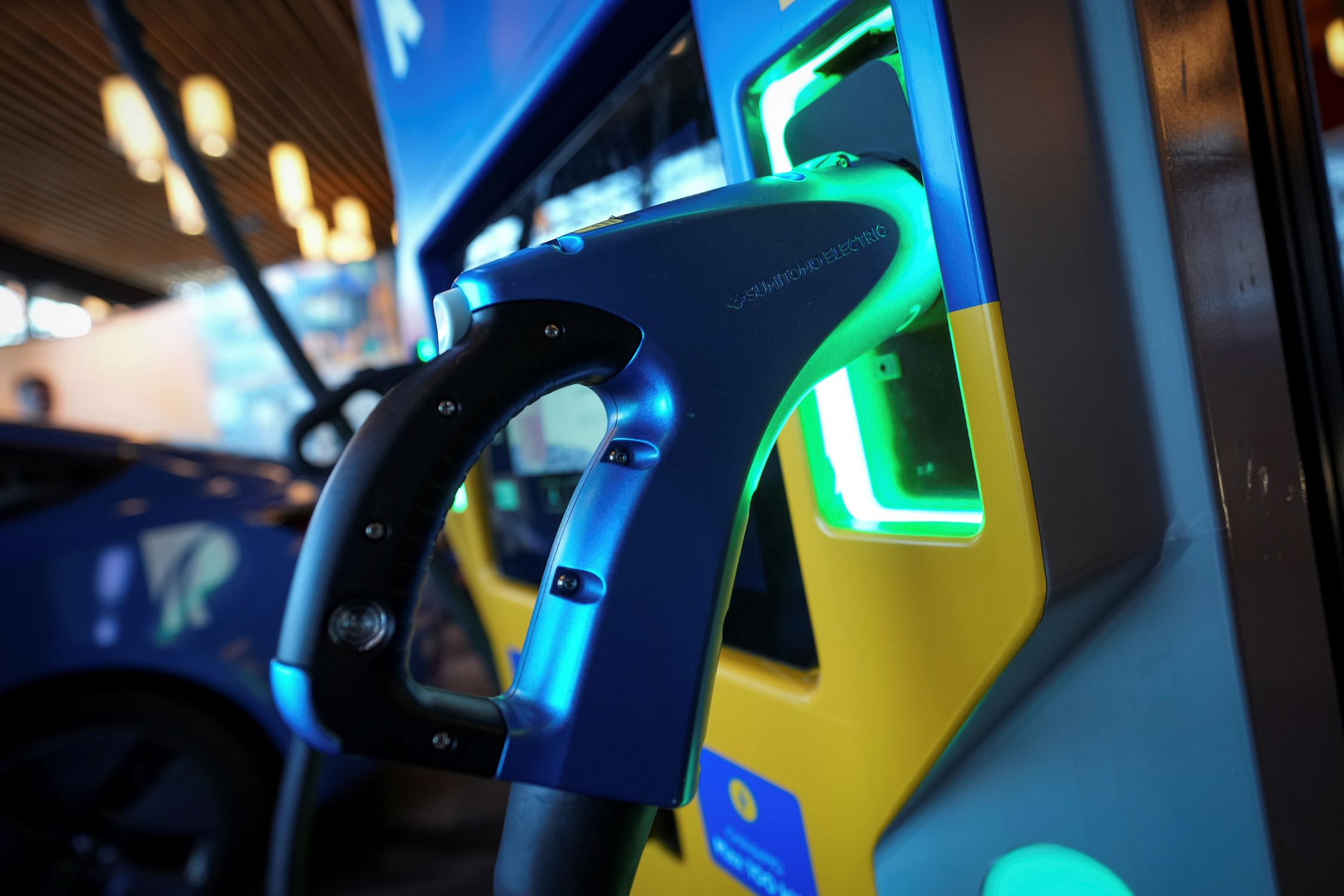
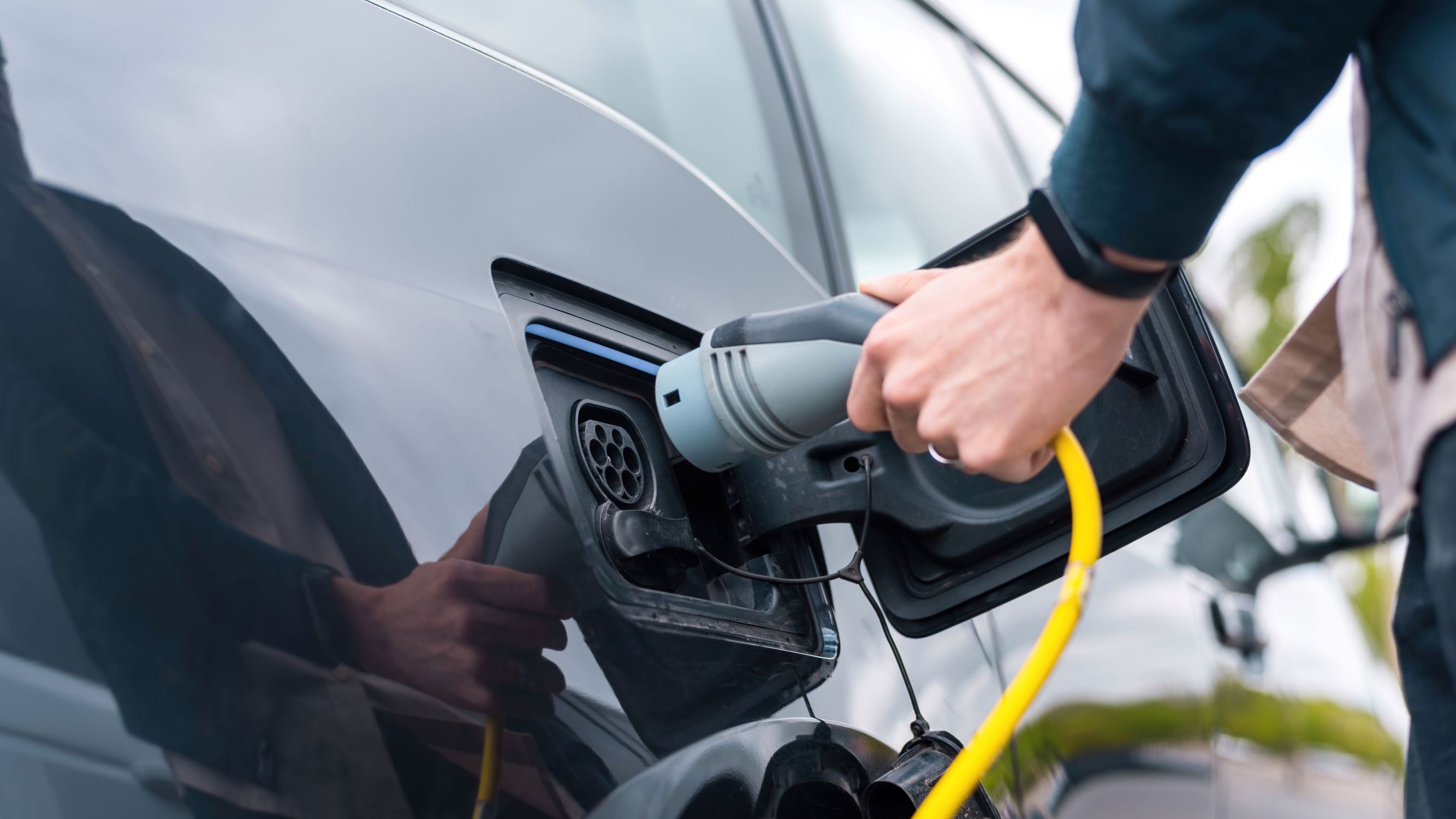
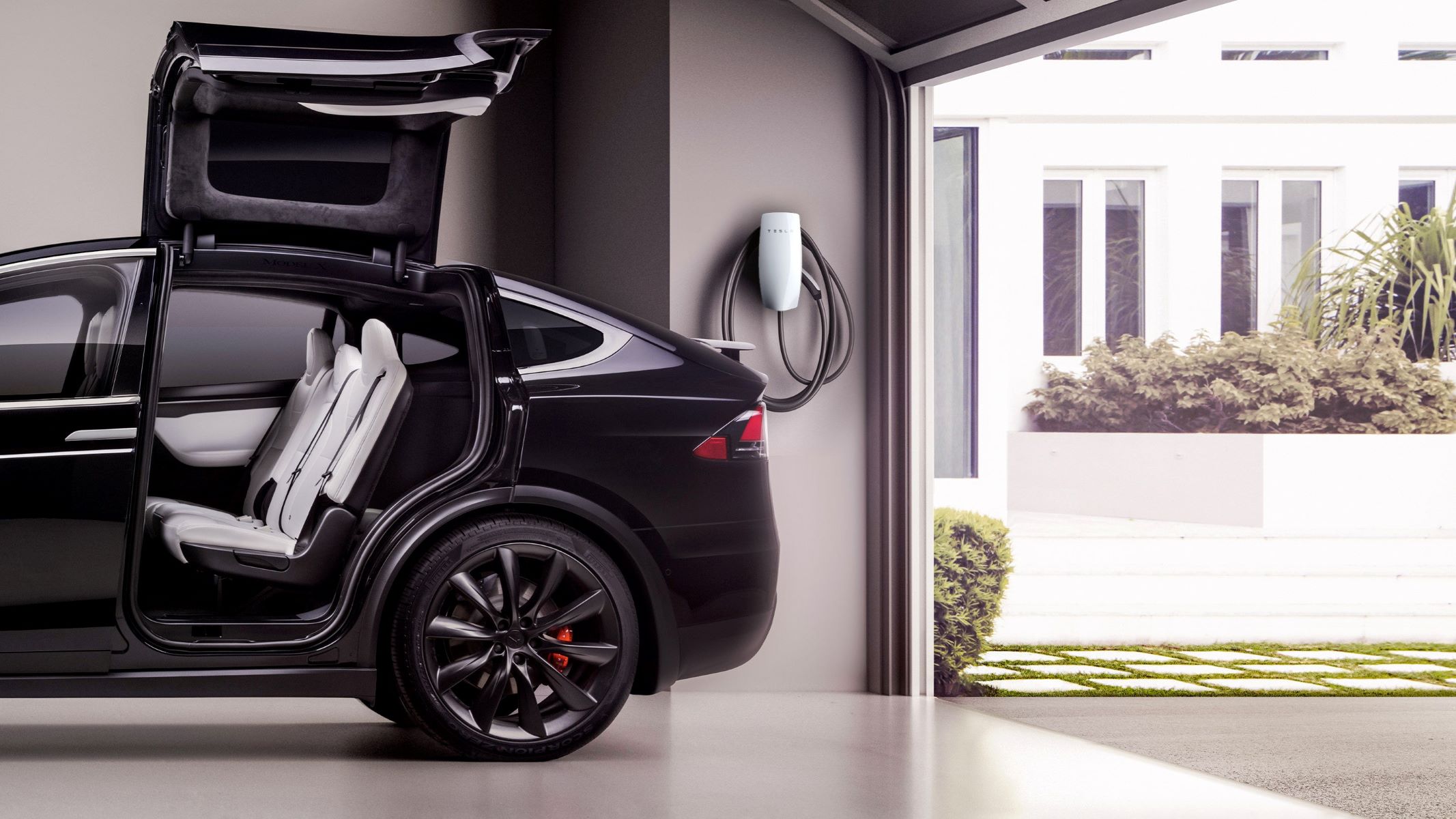
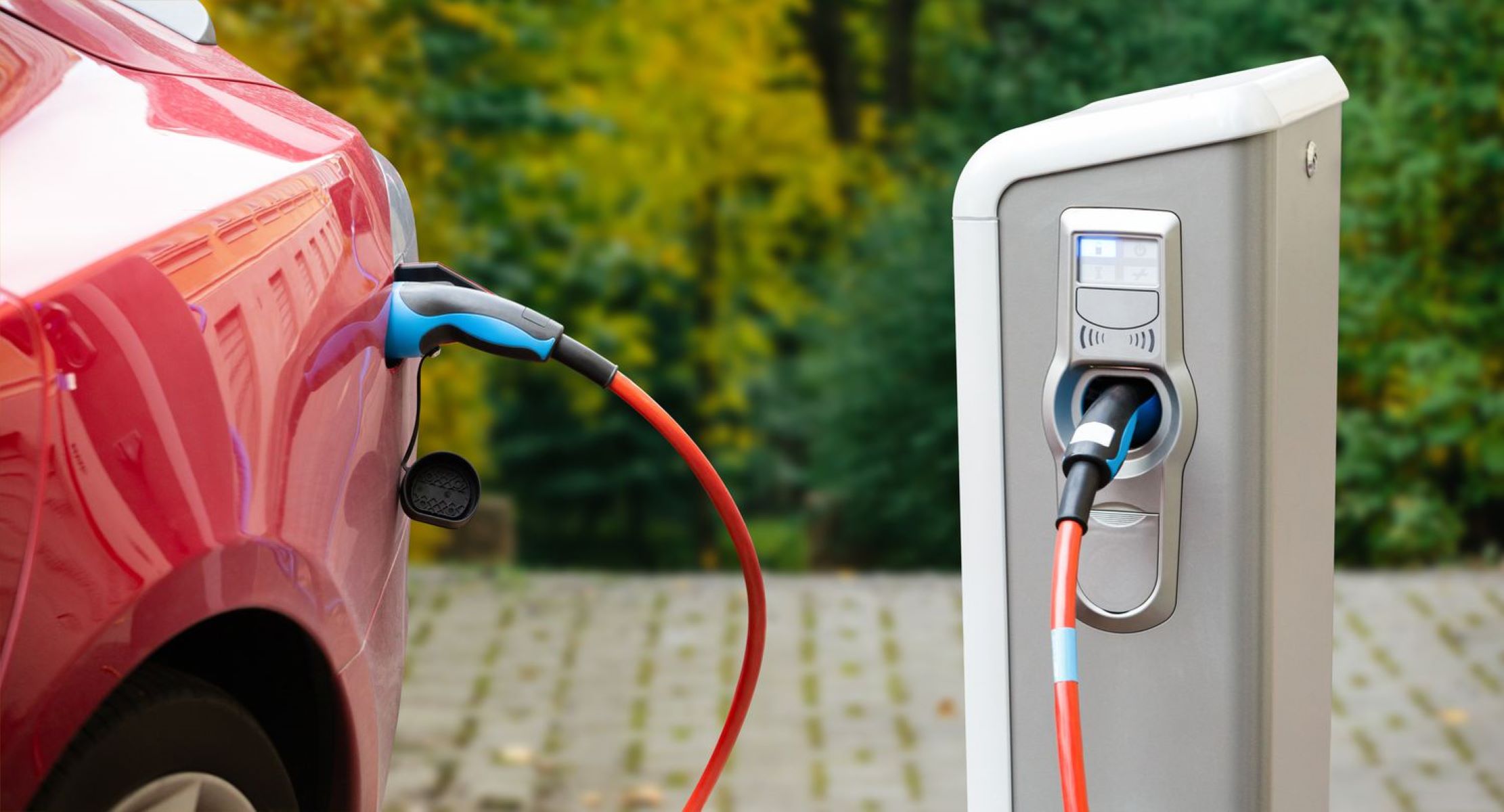
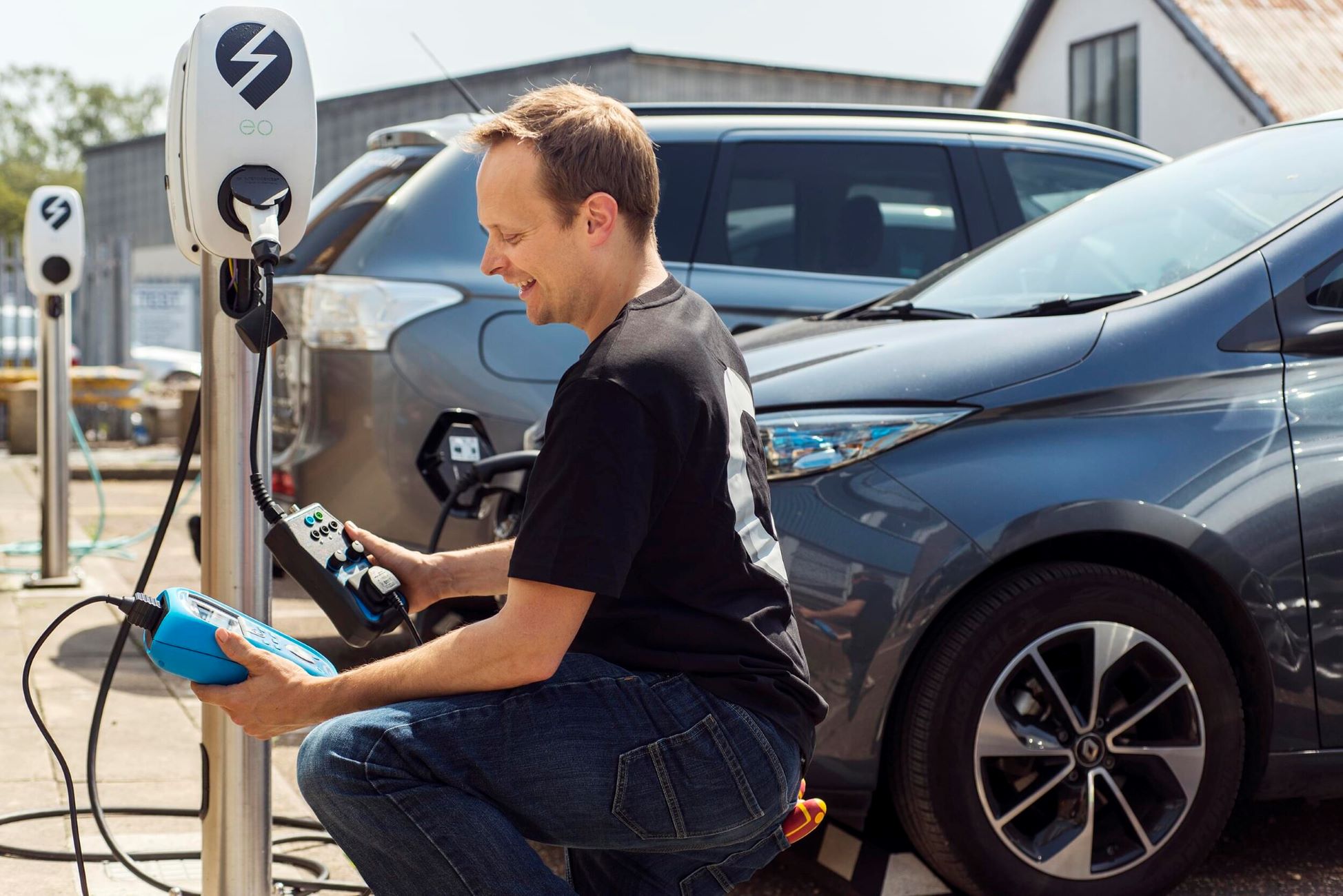
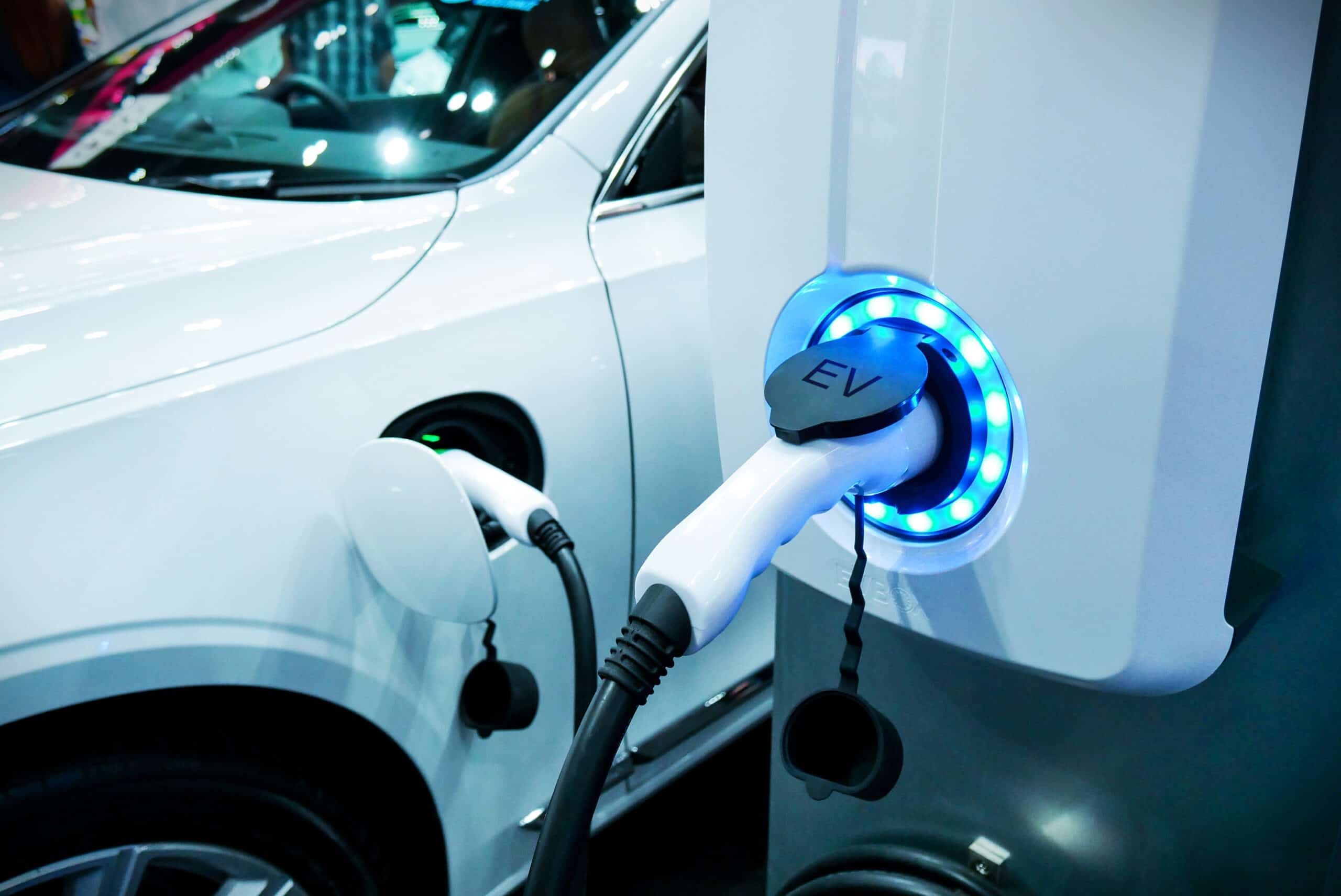
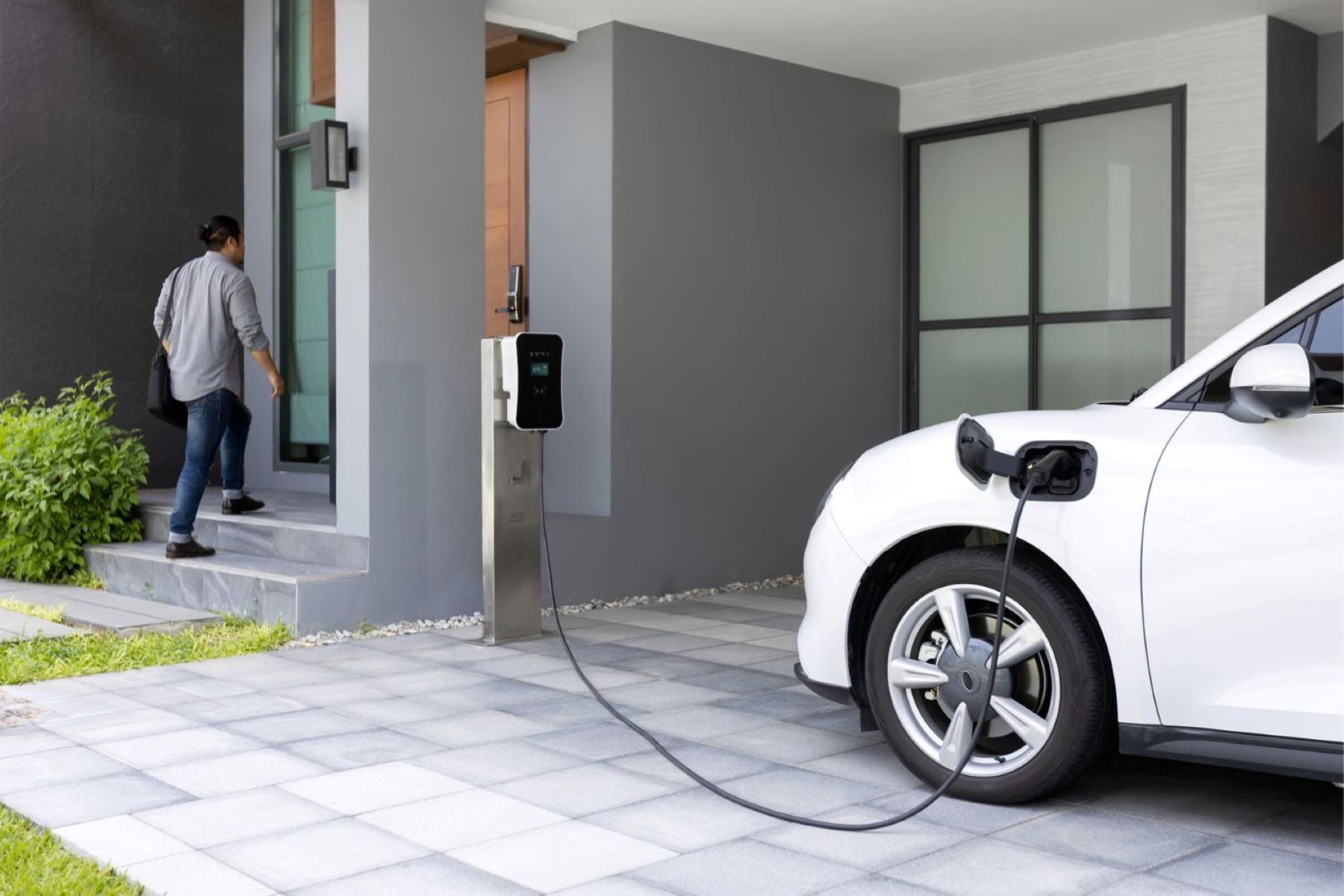
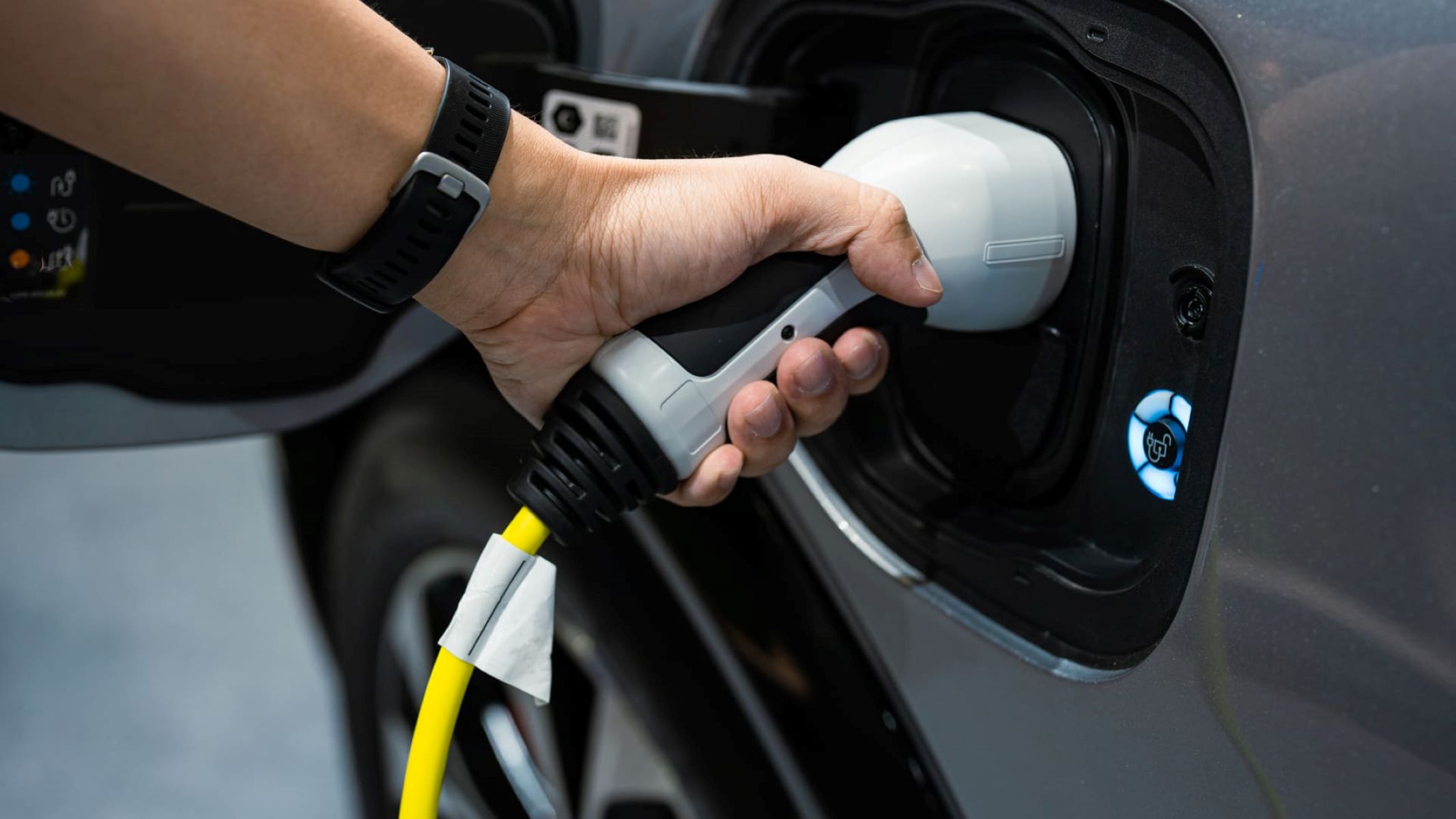

0 thoughts on “What Is An EV Charger”